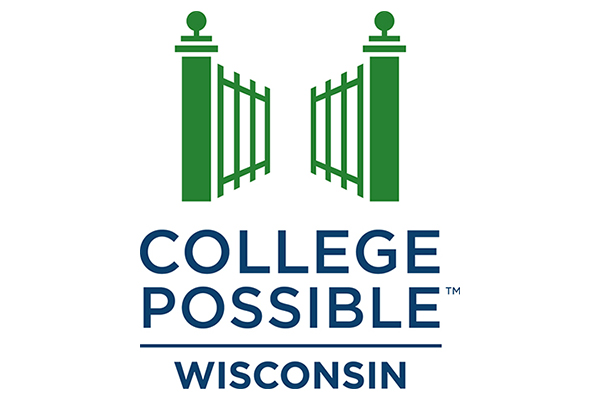Many high school students believe that turning the tassel is the final step of college preparation. While getting to high school graduation is a milestone to celebrate, there’s a lot that happens between a student’s momentous cap toss and the moment they set foot in their first college classroom.
From buying textbooks to finalizing financing, there’s a lot that needs to happen during the summer months to ensure a seamless transition to college. Missing just one crucial step during these preparatory months could mean not starting the undergraduate journey in the fall. One unchecked to-do box could result in “summer melt,” a phenomenon in which college-intending students miss the chance to attend school during the fall following their high school graduation.
College Possible summer transition coaches work diligently with high school graduates during the summer months to check off their to-do lists so they’re ready to hit the ground running in September. Let’s take a look at how these summer coaches help increase freshman enrollment throughout the country.
How summer melt impacts high school graduates
According to a study by Harvard University, up to 40 percent of students will deviate from their college plans between high school graduation and the fall semester of college. This phenomenon known as “summer melt” occurs for many reasons, from missing class registration to issues securing adequate financial aid.
Summer melt rates are highest among students from low-income communities and students who are the first in their family to attend college. Additionally, students who intend to enroll at community colleges experience higher melt rates than their counterparts who plan to attend a four-year college.
“Summer transition is important because students who are either beginning their college career or persisting to their second year know that through this program they will have access to resources before classes even begin, which can be really encouraging,” says Emilio, a College Possible summer transition coach.
Paying for college and other summer preparation hurdles
The “summer melt” phenomenon demonstrates that gaining acceptance into a college does not guarantee the student will attend. According to a Pew Research survey, “Among adults ages 18 to 34 who are not in school and do not have a bachelor’s degree, 48 percent of respondents say they simply couldn’t afford to go to college.”
Yet, according to a recent National College Attainment Network analysis, the high school class of 2022 left about $3.6 billion in Pell Grants on the table by not completing the FAFSA. And, in the eight states where College Possible operates alone, over $800 million in Pell Grants were left unused by the graduating class. One of the most important tasks of a College Possible AmeriCorps coach is to help students maximize their financial aid.
Taking full advantage of Pell Grants, scholarships, and payment plan options ensures students take out as few loans as possible. By guiding students to maximize their financial aid packages, coaches help students feel financially prepared, and mitigate the chance of students needing to take out pricey personal loans for school.
Additionally, AmeriCorps summer transition coaches help students appeal financial aid decisions. According to Sallie Mae, roughly 75 percent of financial aid appeals result in the student receiving additional aid. “Without financial help, I would not be able to go to college,” shares Maria, a College Possible student. “My coach made sure to tell me about multiple scholarships I qualify for every month and answer any college questions I had.”
Aside from securing financial assistance, AmeriCorps summer transition coaches help students stay on track with additional first-day-of-school prep work. From registering for classes to sending in final transcripts and health forms, many students need help navigating tricky college paperwork.
Advice and support from a near-peer college coach
Summer transition coaches also play the important role of intermediary, ensuring a smooth transition for the student from their college access coach to their college success coach. “While summer transition coaches have important duties like ensuring students attend their college orientation, transition coaches also play the critical role of listener,” shares DiLiesha Bryant, National Director of AmeriCorps Recruitment & Engagement at College Possible. “Students, especially those who are the first in their family to attend college, really benefit from the recent perspective a near-peer coach can bring.”
Coaches actively listen to students’ concerns and help mitigate any trepidation students feel as they move closer to their fall semester start date. “My summer transition coach helped me by answering my questions about college and giving me advice,” says Marysue. “My coach became like a friend and mentor.”
For many first-generation college students, a near-peer coach can help ease their worries about the unaccustomed rigor of college. Because many College Possible AmeriCorps coaches were first-generation college students themselves, they can share resources that best helped them adjust to college life and coursework.
With the help of AmeriCorps summer transition coaches, 79 percent of College Possible students enrolled in a degree-granting institution immediately out of high school in 2022. These coaches are an integral asset to college-bound students, helping to ensure that they can attend school in the fall, and increasing college enrollment rates across the country.
If you want to help students in your community achieve their higher education dreams, browse our open AmeriCorps positions, or attend an upcoming info session to learn more about College Possible!



